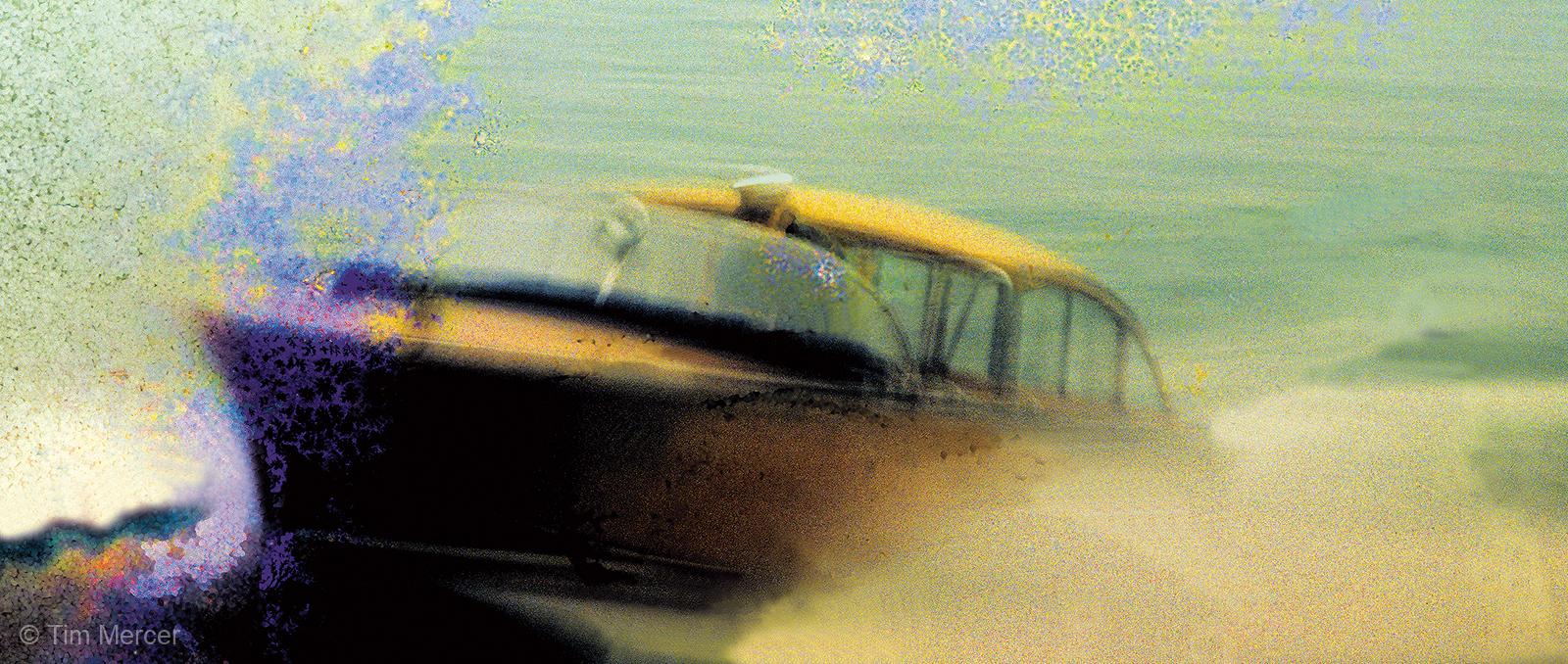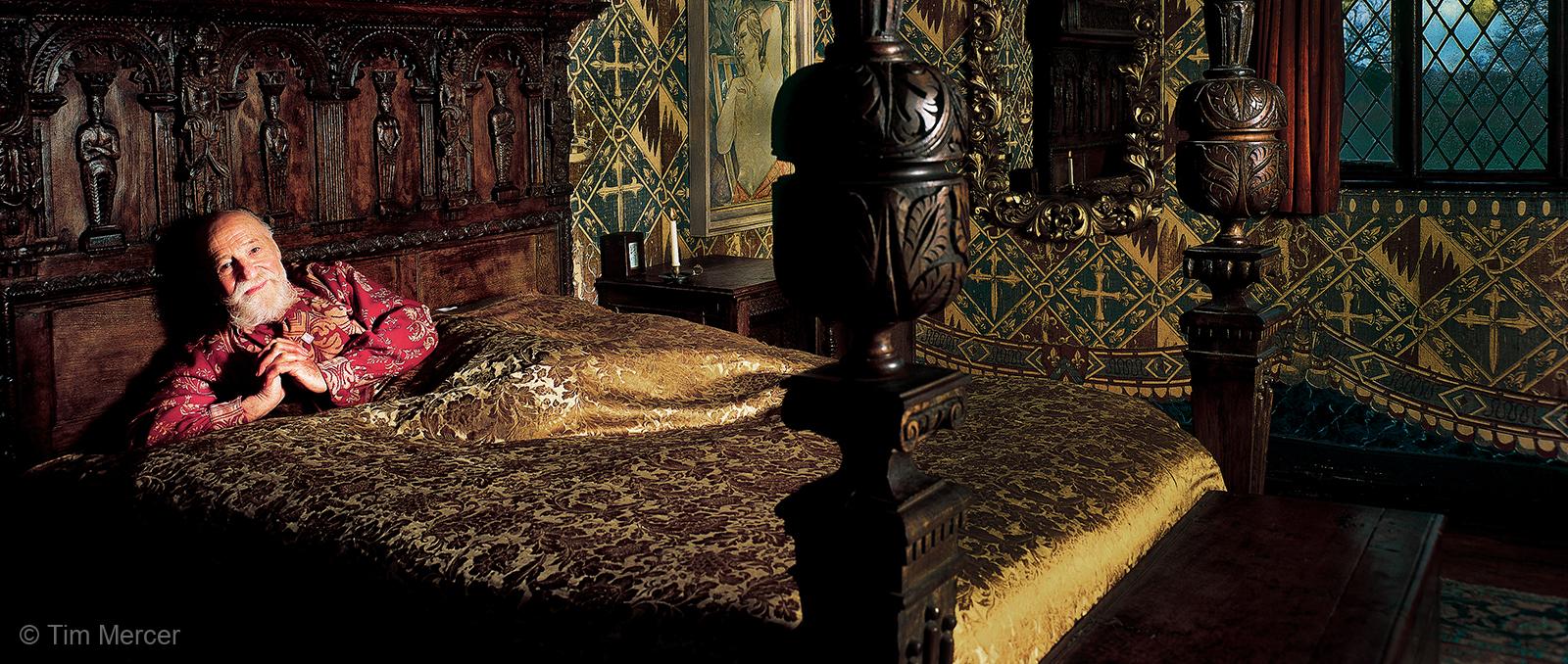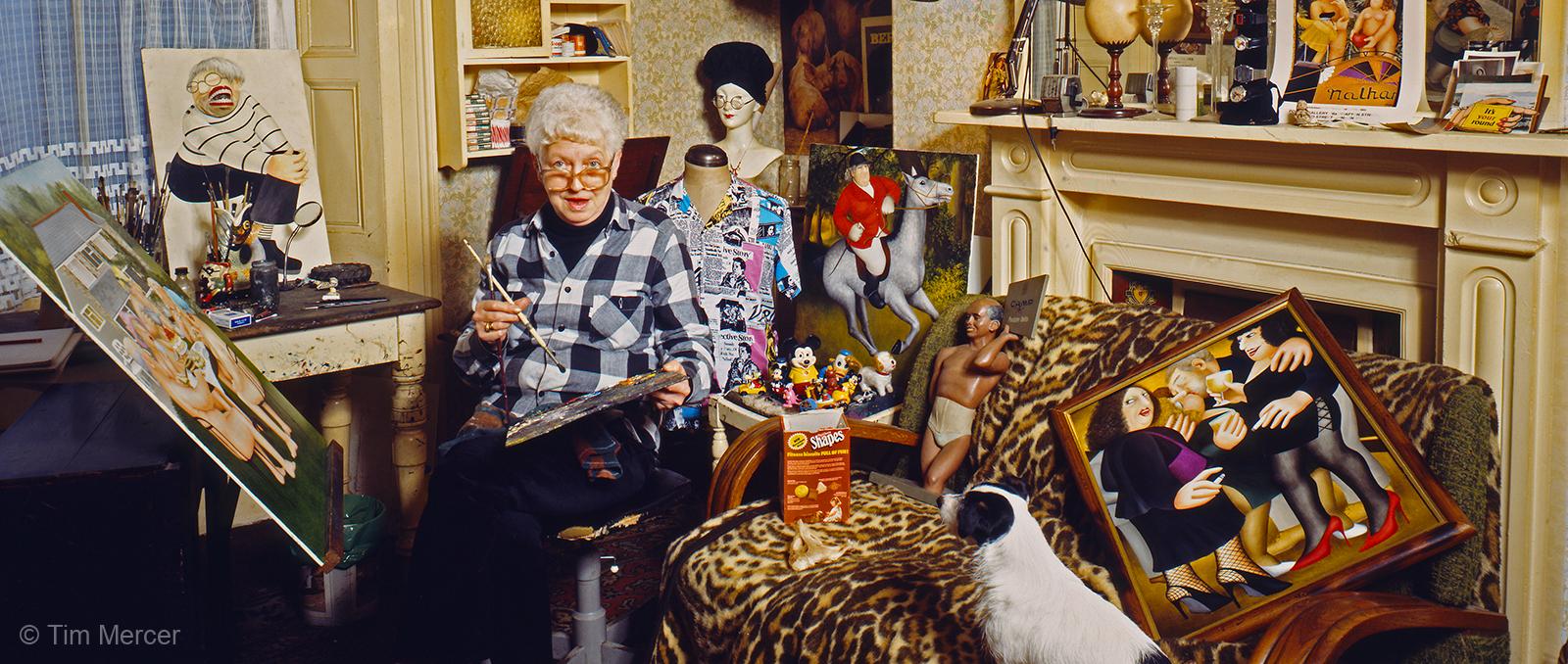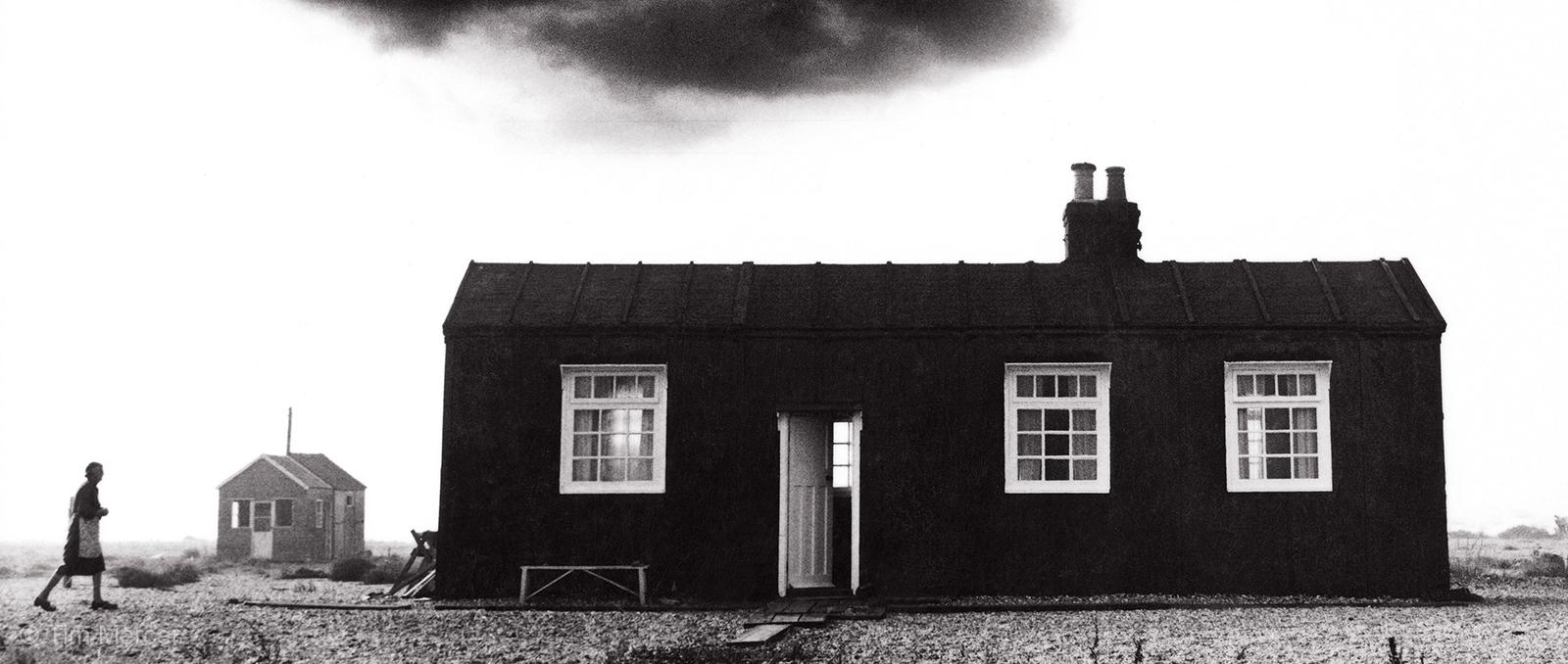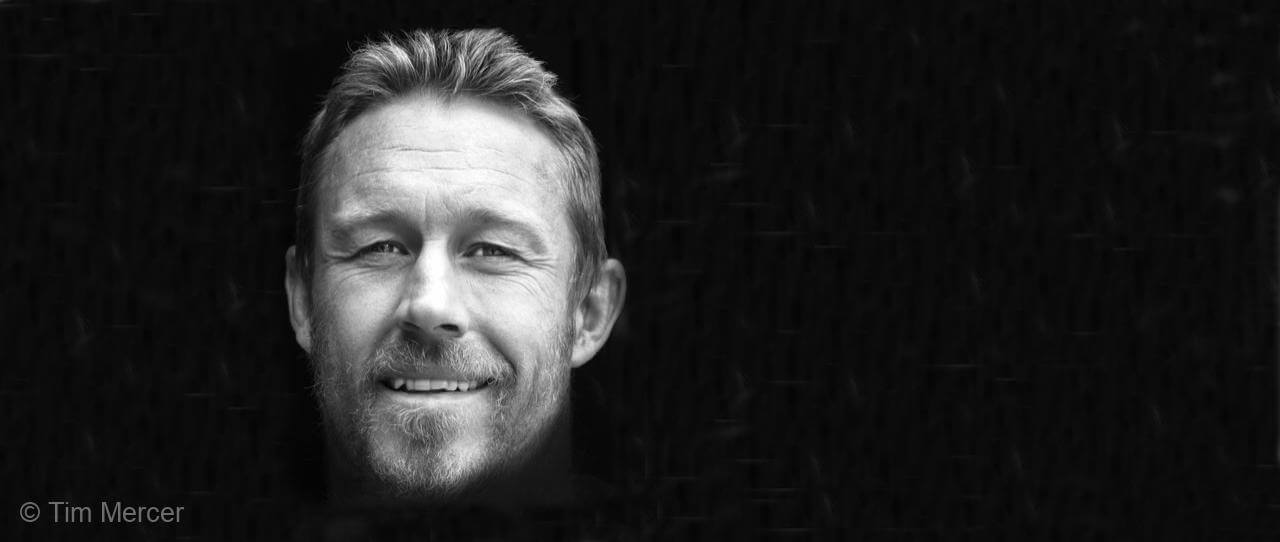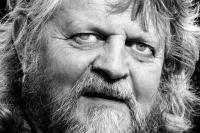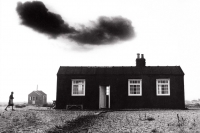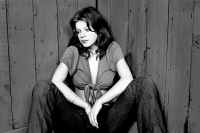About Tim
Tim Mercer graduated from the Royal College of Art with a Masters Degree in Photography and The History of Art. He is a professional portrait photographer. While at the RCA, he was a pupil of Bill Brandt who is considered to be one of the most important British photographers of the 20th century.
He is a photographer who has captured the great and the good from all walks of life and has worked for the best known magazines and agencies whilst in London. His five decades of experience have left him with a list of sitters that would be the envy of many. Now he draws inspiration from his studio near Bath producing the same high quality work as a director in his publishing company, www.mercerbooks.co.uk
His work is in the photography collections of the National Portrait Gallery, the Royal Academy and the Victoria & Albert Museum and he has exhibited at the Royal College of Art, Black Swan Arts, the National Portrait Gallery and the Royal Academy.
Profile of a Portrait Photographer by Kevin McCloud
“The work of the classically trained artist falls into three subject types: portraiture, landscape and still life. The miracle of photography is that it can, in the right hands, effortlessly combine all three, blending people, place and the moment in one image. Tim is the undisputed master of this art, often placing his subjects in intriguing contexts that suggest other-worldly layers of meaning.
At the core of Tim’s work, in this unity of setting, sitter and the split second, there lies the quality that every great photographer captures now and again: the fragility of the moment, the vulnerability of the sitter, a revelation about who they really are or what they might really love or fear. The portraits of Bill Brandt, Auberon Waugh or Jonathan Meades are raw and compelling;
Compare the honesty of those men with the steeliness that the Duchess of Argyll just can’t quite disguise. Or the mischievousness of Angus McBean or Roy Plomley. Or the stand-up and gape driven integrity of Enoch Powell.
And bound up in all of these works, there is a subtler, quieter quality that, ironically, most photographers ignore in pursuit of movement. Stillness. Not just the captured moment in a season or landscape, but the inner quietness of people. I think it takes a man of great humanity to delight in capturing that humanity.” Kevin McCloud


